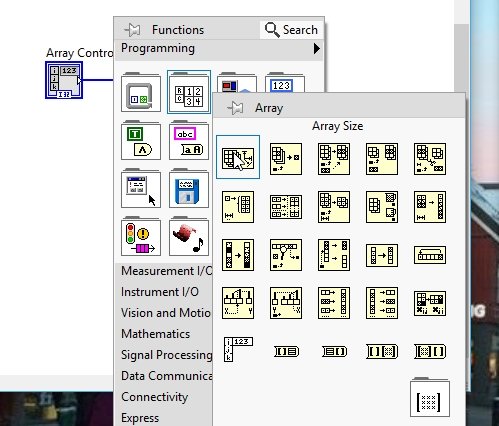

To set up SmartConnect you’ll need to assign an IP address to the SmartConnect service and set a SmartConnect zone name on a pool level. And one SmartConnect zone (which is simply a domain) on each of the subnet pools. You can have one SmartConnect service on a subnet level. Basically SmartConnect is a DNS server which runs on the Isilon side. SmartConnect is a way to load-balance connections between the nodes.

Each pool can have its own SmartConnect zone configured. And you can add particular node interfaces to the pool. Subnets are split between pools of IP addresses.

On the front-end you can have as many subnets as you like. That helps to load-balance the traffic between two IB switches and makes this set up an active/active network. So when the packet comes to failover network IP address, the actual IB interface that receives the packet is chosen dynamically. You can think of a failover network as a virtual network in front of int-a and int-b. If you choose to have two IB switches at the back-end, then you’ll have three subnets configured for internal network: int-a, int-b and failover. There are three types of Isilon nodes S-Series (SAS + SSD drives) for transactional random access I/O, X-Series (SATA + SSD drives) for high throughput applications and NL-series (SATA drives) for archival or not frequently used data. In a nutshell Isilon is a collection of a certain number of nodes connected via 20Gb/s DDR InfiniBand back-end network and either 1GB/s or 10GB/s front-end network for client connections. Isilon web interface has few options to configure and not very feature rich. But its simplicity comes at a price of flexibility. This makes Isilon very easy to configure and operate. If you have 24 NetApp nodes in a cluster, then you have 24 underlying file systems, even though they are viewed as a whole from the client standpoint. cDOT use concept of infinite volumes, but bear in mind that each NetApp filer has it’s own file system beneath. All data on Isilon system is kept on one volume, which is a one big distributed file system. You don’t even have spare drives per se.Ģ. You don’t need to think about RAID groups and even load distribution between them. Isilon doesn’t have RAIDs and complexities associated with them. It’s not necessarily bad, because cDOT shows better performance on SPECsfs2008 than Isilon, but these systems still have two core architectural differences:ġ. NetApp’s Clustered ONTAP for example has evolved from being an OS for HA-pair of storage controllers to a clustered system as a result of integration with Spinnaker intellectual property. EMC Isilon OneFS is a storage OS which was built from the ground up as a clustered system.


 0 kommentar(er)
0 kommentar(er)
